Bioethics Forum Essay
Legal Medical Aid in Dying: The Paradox of Privacy
Are medical aid-in-dying deaths natural? New York seems to think so. Consistent with other jurisdictions in the United States, New York’s Medical Aid in Dying Bill determines that on the death certificate, the manner of death will be listed as natural, and the terminal condition that established the person’s eligibility for assisted dying will be recorded as the cause of death, for example, metastatic cancer. Regardless of one’s position on the legalization of assisted dying, how these deaths are documented on death certificates raises important ethical questions about vital statistics and individual privacy.
These categorization decisions are not issues of semantics or ideology. Instead, they stem from an implicit acknowledgment of the social anxieties about certain forms of dying. There is an inherent and widespread paradox here, which the bioethics community has largely overlooked. On one hand, if a person dies from a socially problematic or value-laden condition or method, accurately recording this could be viewed as the final, bureaucratic mark of stigma. On the other hand, a distorted or sanitized report diminishes the integrity of the decedent’s memory and the factual details of their life. As Carl Ohman points out, the “written word, like the grave, is a kind of container wherein the dead reside and remain fixed over time.” Why are those who choose assisted dying provided with an extra layer of legal protection for their privacy that is not afforded to those dying by, say, suicide or HIV/AIDS—circumstances and conditions considered by some as socially stigmatizing?
One could argue, what does it matter? But death certificates are important legal records that help to conclude aspects of a person’s life, such as settling insurance claims, administering inheritances, and closing bank accounts. They are also critical data sources for national mortality statistics, which can inform resource allocation. In the U.S., the certificate includes relevant biographical information and the immediate cause of death, which may list underlying and contributing factors, as well as the manner of death. The information is usually verified by the attending physician or medical examiner. Cause and manner of death distinctions serve separate but complementary purposes. The cause of death refers to the clinical sequence of events that directly leads to death, such as acute respiratory distress syndrome or renal failure. The manner of death, however, reports the circumstances of the death, categorized in one of five ways: natural, accident, homicide, suicide, or undetermined.
Opinions vary as to the importance of explicit determinations of death, and a persistent overstating of generic cardiac arrest is featured in much of the analysis. Some physicians also describe direct and indirect emotional pressure from families to modify their language, where the nature of the death may impose additional psychological burdens. Such distortions, however, have consequences.
Errors on death certificates can be procedurally complicated, emotionally draining, and costly to fix. To safeguard sensitive information, some jurisdictions only accept requests for amendments from the next of kin, introducing additional obstacles. Historically, certain diseases and ways of dying produced material consequences, including denying funeral care to HIV/AIDS patients or invalidating insurance claims after suicide. More recently, socio-political interests intensified around both public health practices and the memorialization of personal loss during the Covid-19 pandemic, fueling ongoing debates about whether (and why) the number of deaths caused by the virus was either overcounted or undercounted.
New York’s bill mandates that death recordings “shall not constitute a public record available for public inspection and shall be confidential and collected and maintained in a manner that protects the privacy of the patient, the patient’s family, and any healthcare provider acting in connection with the patient.” This provision implicitly establishes a moral hierarchy of death, reflecting Erving Goffman’s foundational work on stigma as the discrediting traits that diminish a person’s intrinsic value. Interestingly, under this law, the protection against the mark of stigma extends in three directions: preserving the privacy of the patient, those who mourn them, and the facilitating clinician. Perhaps the bereaved feel socially compelled to disclose the private pain (or ease) of their loved one’s end-of-life decisions, or the patient feels obliged to justify their merciless “battle” with illness, playing into the totalizing fighter narrative that valorizes some deaths over others. Experiences of postmortem shame, such as unworthiness or societal judgment tied to certain types of deaths, are woven into the person’s demise and, consequently, their memory.
Of equal importance, how will the legislatively imposed suggestion of secrecy affect those who may have proudly exercised their sense of self-determination to utilize MAID? Consider, for example, family members who wrestled with questions of disclosure when crafting their loved one’s obituary. Or, Professor Felicia Huppert in Australia, whose son openly shared their family’s heartbreaking and yet positive experience of assisted dying as part of the parliamentary process for proposed change in England and Wales.
From a public health perspective, a thorough review of death certificates could help to determine which medical and biographical details are necessary and for what reasons. A responsible recording practice should be based on objective, fact-based inquiry rather than being molded by cultural moralizing. Local and national public health authorities can track epidemiological trends and enforce compliance with relevant laws without creating a safeguard that prioritizes the privacy of MAID users and providers over others. An updated approach to death certificates will help the U.S. align with calls for improved international standards that focus on accurate data collection and respect for individual stories, as well as accommodating shifting social attitudes toward death, privacy, and collective memory.
One could also ask whether, in a world where personal data is increasingly vulnerable to misuse, personal choices about end-of-life care and related medical conditions are truly necessary for the administrative functions of a death certificate. While maintaining statistical accuracy at the public and population level is vital, so are concerns about posthumous harms to the deceased and their families caused by persistent stigma surrounding death.
Dying is more than a biological event; it represents an irreversible loss that can be widely felt. The debate over assisted dying often centers on the concept of dignity. However, dignity at the end of life is more complex and socially nuanced than simply questioning the circumstances of dying. It also relates to legacy. Death certificates arguably memorialize the shame and stigma tied to deaths viewed by some as socially problematic by reinforcing established moral hierarchies of acceptable causes and circumstances. As practices evolve to allow for direct interventions to hasten death, some policymakers argue that, under the guise of personal and professional privacy, people who use MAID should be protected from potential moral judgment about their grief or choices.
But doesn’t this create the same paradox—that hiding stigma only perpetuates stigma? Without considering postmortem privacy sui generis, certain diagnoses or modes of dying recorded on death certificates can rigidly shape how people are remembered. Ultimately, some death certificates will pass through families and history as potentially inaccurate, sanitized artifacts of shame. The legacy of those who have died deserves something more genuine, remembered in sensitive, responsibly recorded facts that address the needs of both public health and personal loss.
Johnna P. Wellesley, PhD, is a clinical ethics fellow at Weill Cornell Medicine in New York. LinkedIn JohnnaWellesley
Acknowledgements: I am indebted to Dr. Joseph Fins for his wise and generous feedback.



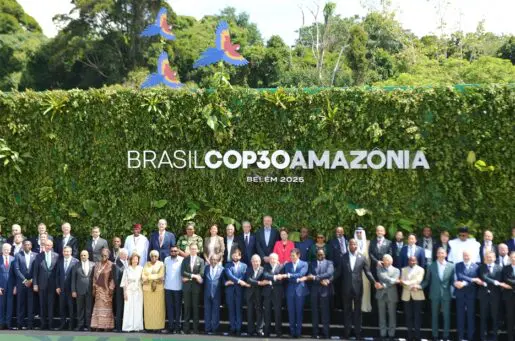


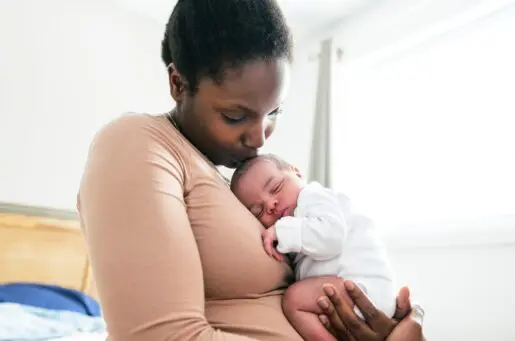
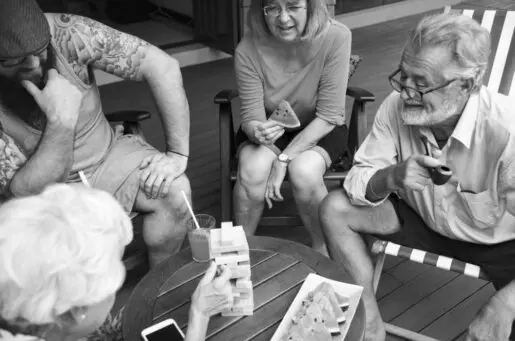
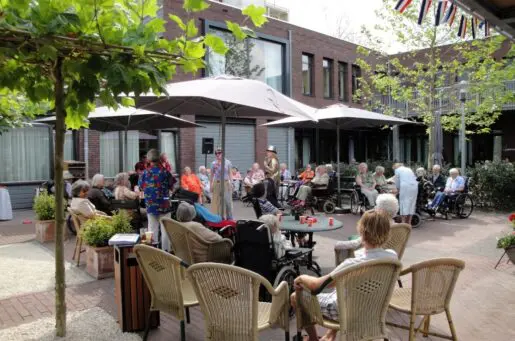



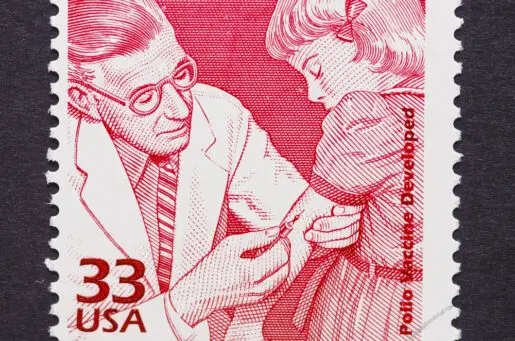

I found this post to be very thought-provoking and relevant to the most recent discussion my classmates and I had in our law and bioethics course. When it comes to the documentation of medical aid-in-dying (MAID) deaths, there is an obvious conflict between societal empathy and statistical integrity.
By New York’s legislation mandating that the manner of death be listed as “natural” and simultaneously granting special confidentiality protections, a “moral hierarchy of death” is created. This decision acknowledges the existing stigma associated with self-determined end-of-life choices but attempts to resolve it through bureaucratic sanitization. This approach, however, raises the question of equity in privacy after death. Why are MAID users and providers afforded a specific legislative safeguard against stigma that is not extended to those dying by suicide or conditions like HIV/AIDS, which may also carry social burdens? This disparity suggests that the law is designed to protect the choice to use MAID from potential moral judgment, rather than implementing a policy that respects the sensitive nature of all value-laden deaths.
While the need to protect the patient’s privacy and the family’s grief is very important, minimizing the factual circumstances of death to “natural” undermines the utility of vital statistics for public health analysis since death certificates provide crucial data for resource allocation and epidemiological trends. I also agree with the idea that intentionally obscuring the “manner” of death diminishes the integrity of the record. Furthermore, this legislative suggestion of secrecy, while aiming to prevent postmortem harm, can inadvertently perpetuate the very stigma it seeks to hide. If the free choice to exercise self-determination through MAID is treated by the state as a sensitive fact that requires legal concealment, it reinforces the notion that the choice is inherently shameful or socially unacceptable, potentially stripping the deceased of a genuine and factually recorded legacy. I do not think that MAID deaths should be listed as suicide on death certificates, but I think there is potential to create a new term that accurately reflects these dignified deaths. The stigma regarding MAID will never end if we are covering it up from the beginning.
I appreciate this consideration of the important topic of death certificates. I worked in perinatal death for years and if you think the world of adult death certificates is fraught, spend a few days trying to properly document deaths where the decedent is fetal or just-born neonatal (some tiny, some term), some die in utero, some die after birth (from natural causes) and some complicate everything by dying during birth (making it hard to determine the last heartbeat). Add to it that the legislators who write the laws governing this process generally have a poor understanding of what causes the deaths so the tools given to us to properly document are inadequate.
But I digress
The issue of adult death certificates is close to me in that I have lost a spouse and both parents. In order to tend estates, survivors are required to present death certificates to strangers in nearly every aspect of life. If I were sensitive to the nature of the death, I cant imagine how stress provoking it would be to have to divulge that info to people.
Perhaps the process could be changed whereby the state and public authorities had access to detailed death certificates but there would also also a version with less information (which would be considered normal and expected, not a suspicion-laden exception) that next-of-kin / estate administrators could use for processes as mundane as getting a call phone plan cancelled. (Retired RN & Ethics Consultant)
This post raised issues surrounding Medical Aid In Dying that I had not previously considered, even after having in-depth discussions on the topic. I was particularly surprised to learn about New York’s Medical Aid in Dying Act would classify MAID deaths as natural in manner, even though the underlying illness is listed as the cause of death. While this approach may be intended to protect privacy and dignity, it also has the potential to distort national records and data related to MAID, potentially complicating epidemiological and public health research. Accurate data are essential not just for research but also for shaping policy and potentially justifying how and why people choose MAID.
I agree with the point “why should MAID receive more privacy protection than other socially stigmatized deaths?” Deaths by suicide, overdose, or HIV are not hidden on certificates, even though they too carry deep cultural stigma. If we obscure MAID from public record, we risk reinforcing the idea that it is shameful or morally suspect. Perhaps it would be possible to add a new category among the five existing manners of death to acknowledge MAID as its own classification.
This piece also made me wonder about the legal and financial implications of how MAID deaths might be recorded. In the past, deaths from suicide would invalidate some insurance claims, and I am curious whether MAID could affect similar benefits for families, depending on how the death is recorded. This post, together with discussions from my Bioethics and Law class, has emphasized how interconnected ethical and legal considerations are when it comes to addressing end-of-life care and decisions.
I was particularly intrigued by the part about “postmortem shame”. Personally, it is difficult to imagine fearing judgment after death, yet I recognize that for many families, these social perceptions continue to matter deeply. For my part, I see no shame in choosing a dignified and controlled death in the face of an irreversible and devastating prognosis. I agree wholeheartedly that hiding stigma only perpetuates it. This is why I believe participating in open conversations about MAID, and advocating for its legalization on a national level, are important to work towards eliminating the stigma that revolves around this exercise of autonomy.
Dr. Wellesley’s post raises several important issues to consider in relation to mandatory reporting of public health data and the role of death certificates. At Compassion & Choices, we maintain it is essential that doctors list the underlying terminal disease on the death certificate because public health officials use the information to compile data on various statistics, including leading causes of death. That data is reported to the National Center for Health Statistics based upon the International Classification of Diseases (ICD).
For people who utilize medical aid in dying, it is critical to list the disease that caused the death and not the end-of-life healthcare option, as the purpose of the death certificate is to track and understand trends in diseases and public health concerns.
Death certificates for medical aid in dying comply with guidelines provided by the Centers for Disease Control and Prevention (CDC). When a terminally ill person dies using medical aid in dying, the underlying terminal disease is listed as the cause of death (for example, cancer, ALS).
To illustrate, if a person has a stroke and is put on a ventilator that is subsequently removed,
the doctor lists “stroke” as the cause of death, not “disconnecting the ventilator” or
“suffocation.” When palliative sedation is administered by a qualified healthcare provider, such as in cases where a hospice patient with terminal cancer has unremitting pain and symptoms, the cause of death is listed as cancer and does not refer to impacts of the medications.
In other words, data from death certificates is not used to track utilization of end-of-life healthcare options. According to the CDC’s Guidance on Death Certificates, “The immediate cause does not mean the mechanism of death or terminal event (for example, cardiac arrest or respiratory arrest). The mechanism of death should not be reported as the immediate cause of death because it is a statement not specifically related to the disease process, and it only attests to the condition or fact of death.”
In jurisdictions with authorizing statutes and mandated reporting requirements, providers confidentially submit medical aid in dying-related data to the departments of health for tracking and analysis as required by law. Departments of health experts cross check required medical aid in dying reporting with death certificates. Adding information about medical aid in dying on a death certificate does not improve data surveillance and is a duplication of information already collected through the law.
We support addressing stigma related to certain diseases and mental illness, including required HIV/AIDS and suicide data reporting on death certificates. We support public health responses to these crises, including infectious disease control, suicide prevention, and harm reduction. At the same time, we should also reconsider mandating medical aid in dying reporting when data about other end-of-life care options is not mandated.
During this fraught time when patient data is being weaponized and used to end access to necessary healthcare options, Compassion & Choices also supports strong privacy requirements so data is not used against patients, their loved ones, or their healthcare providers. Patient and healthcare provider safety is at risk. We stand alongside public health departments protecting patient and healthcare provider privacy.